Modernism
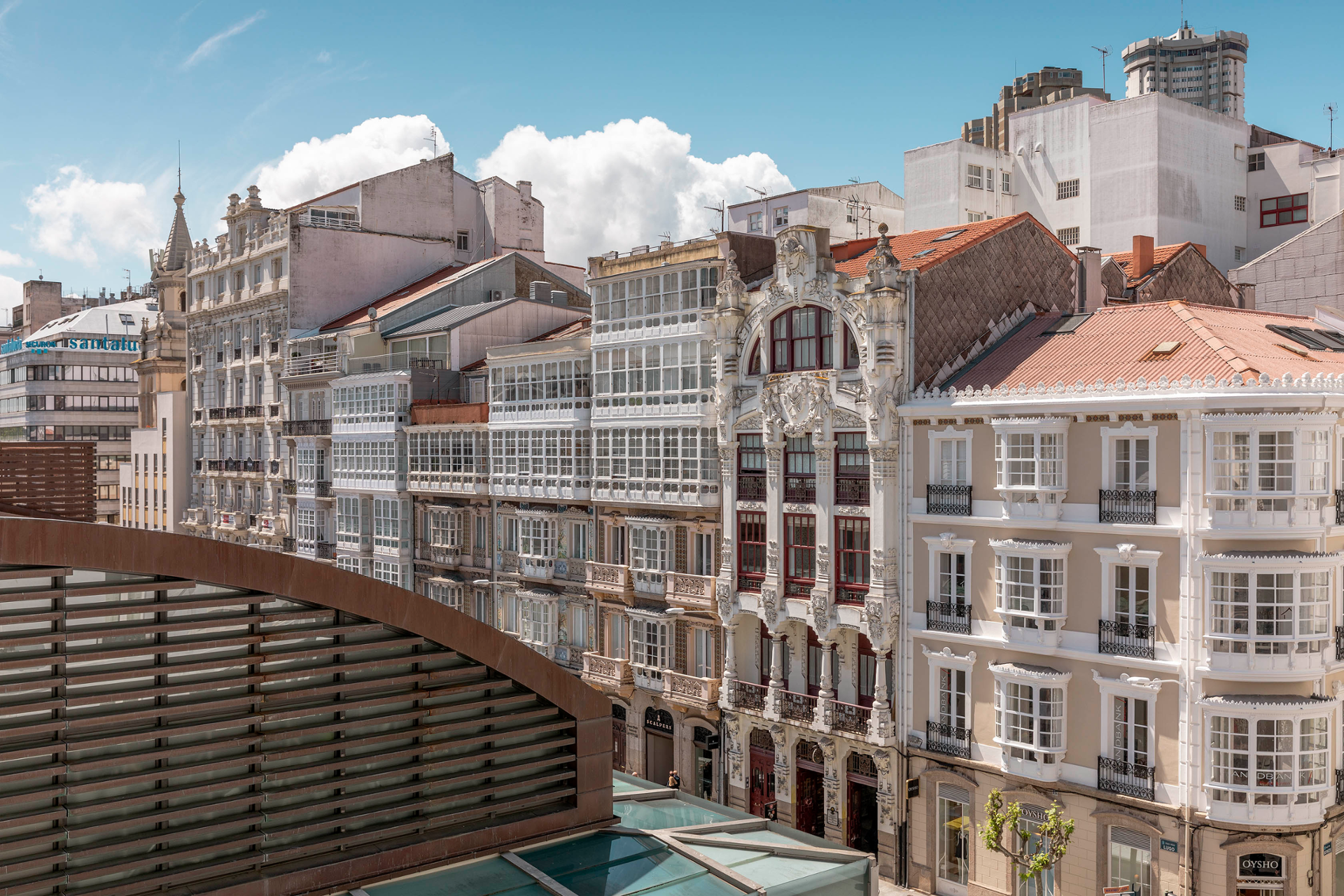
Modernism was the architectural movement that transformed A Coruña, driven by an ambitious and cosmopolitan bourgeoisie.
In 1883, the city was expanded with the Ensanche area, which occupied the current streets of Juana de Vega, Picavia, Feijoo, Plaza de Lugo and Plaza de Pontevedra. The local bourgeoisie, made rich by overseas trade, built lavish homes in this area that imitated those of Vienna, Paris and Berlin, and which showed their economic prosperity and cultural pursuits to the outside world.
In 1906, the Cuban architect Ricardo Boán and the Coruñan architect Antonio López Hernández imported ideas from Austria, Switzerland and Germany, bringing magazines, catalogues and photographs of Austrian Otto Wagner and Belgian Victor Horta's designs, which the local Wonemburger foundry converted into wrought iron. Together with Boán and López Hernández, the architects Julio Galán Carvajal and Rafael González Villar were the great minds behind the introduction of this new artistic trend in the city.
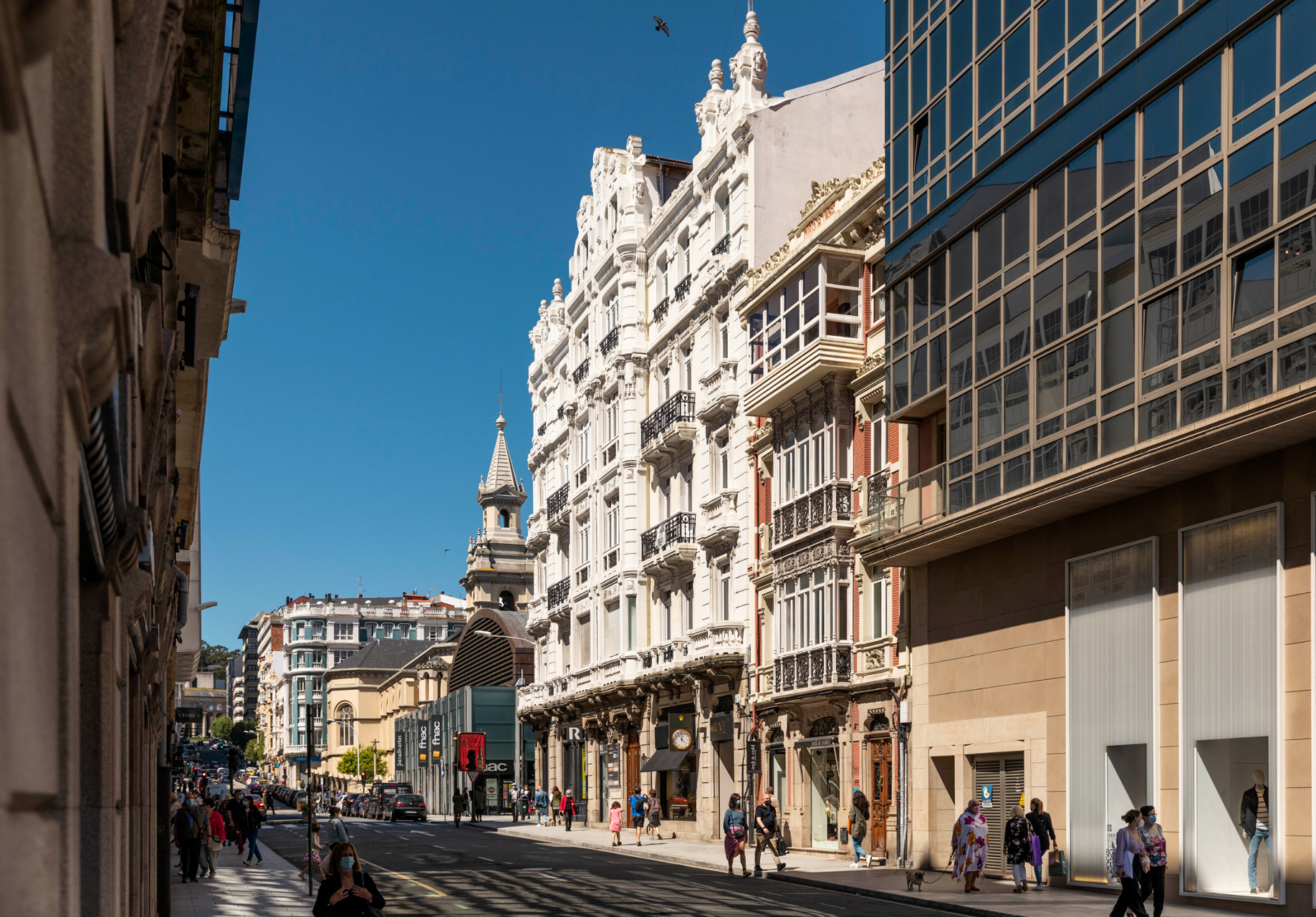
From that point on, marvellous ornamentation began to appear. There appeared female faces adorning the façades, inspired by Elizabeth Seadel, the mistress of the painter Dante Gabriel Rosetti, who died of a laudanum overdose and was famous for her languid, enigmatic beauty and long hair. Local artists, influenced by the Englishman Owen Jones, decorated with lilies, horse chestnut leaves, water plants, roses and camellias in multicoloured garlands. Architect Ch. R. Mackintosh's Glasgow rose and plants with undulating stems also graced the glass gallery windows. Japanese influence is also evident in the form of embossed lilies, reeds and butterflies on water lilies, star-shaped holly leaves and lotus flowers framing windows and lifts.
We welcome you to a visit to A Coruña at the beginning of the 20th century, where the austere eclectic style coexists with the modernity inherited from the Art Nouveau that arrived from Europe.
You can download the Modernist Route brochure here.
Follow the Modernism tour route


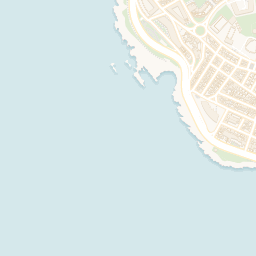



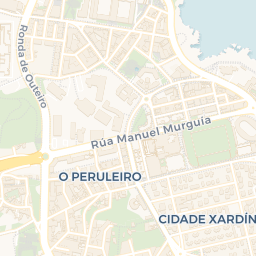




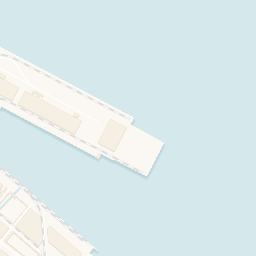






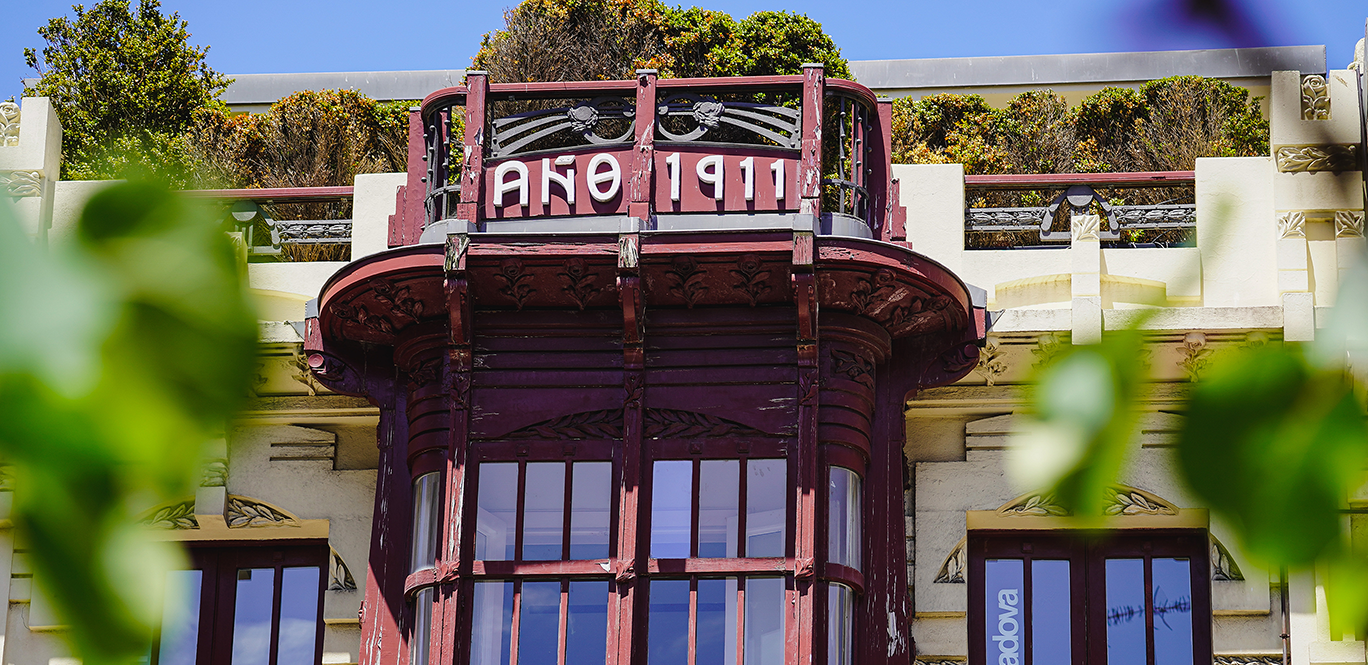
The key
Address:
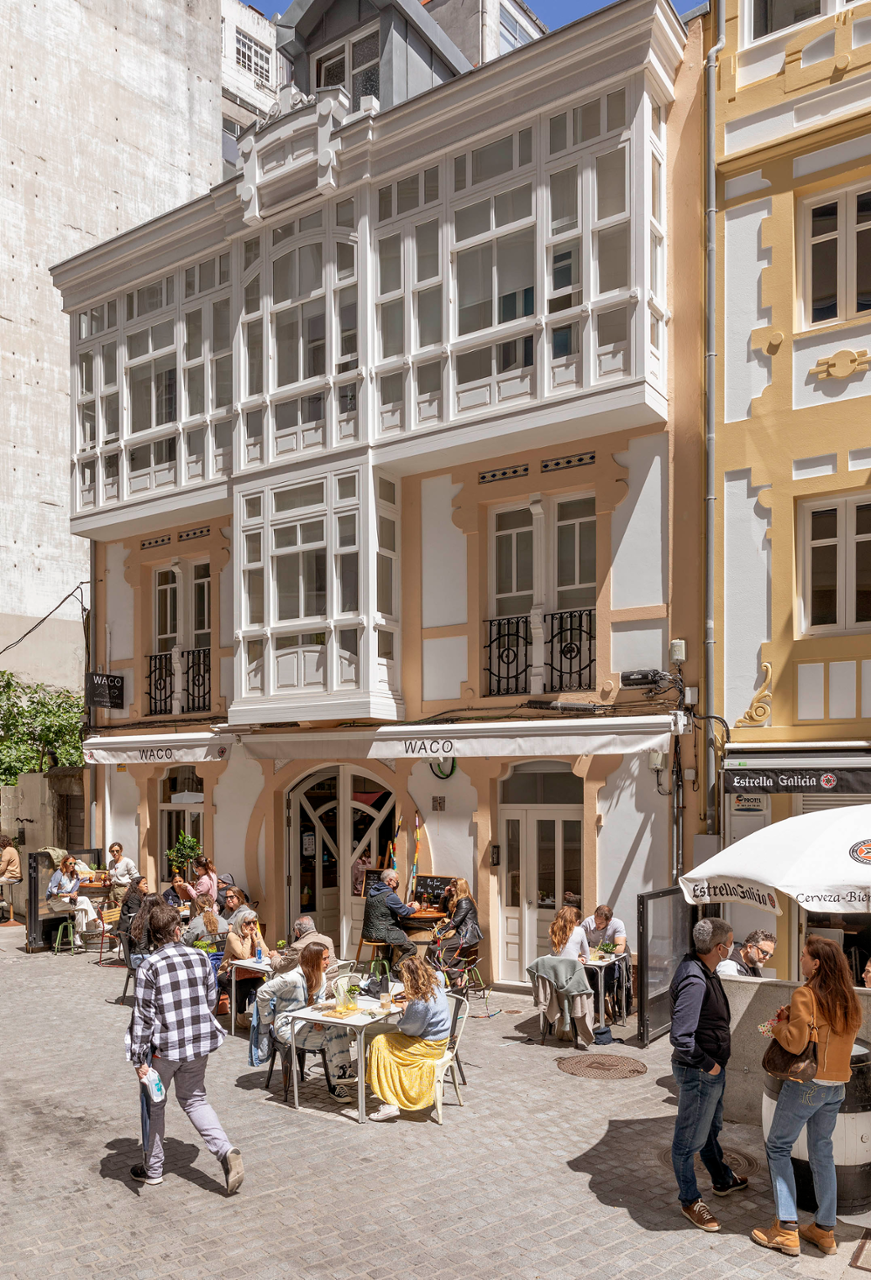
22 Alameda
Address:

23 Barrera
Address:
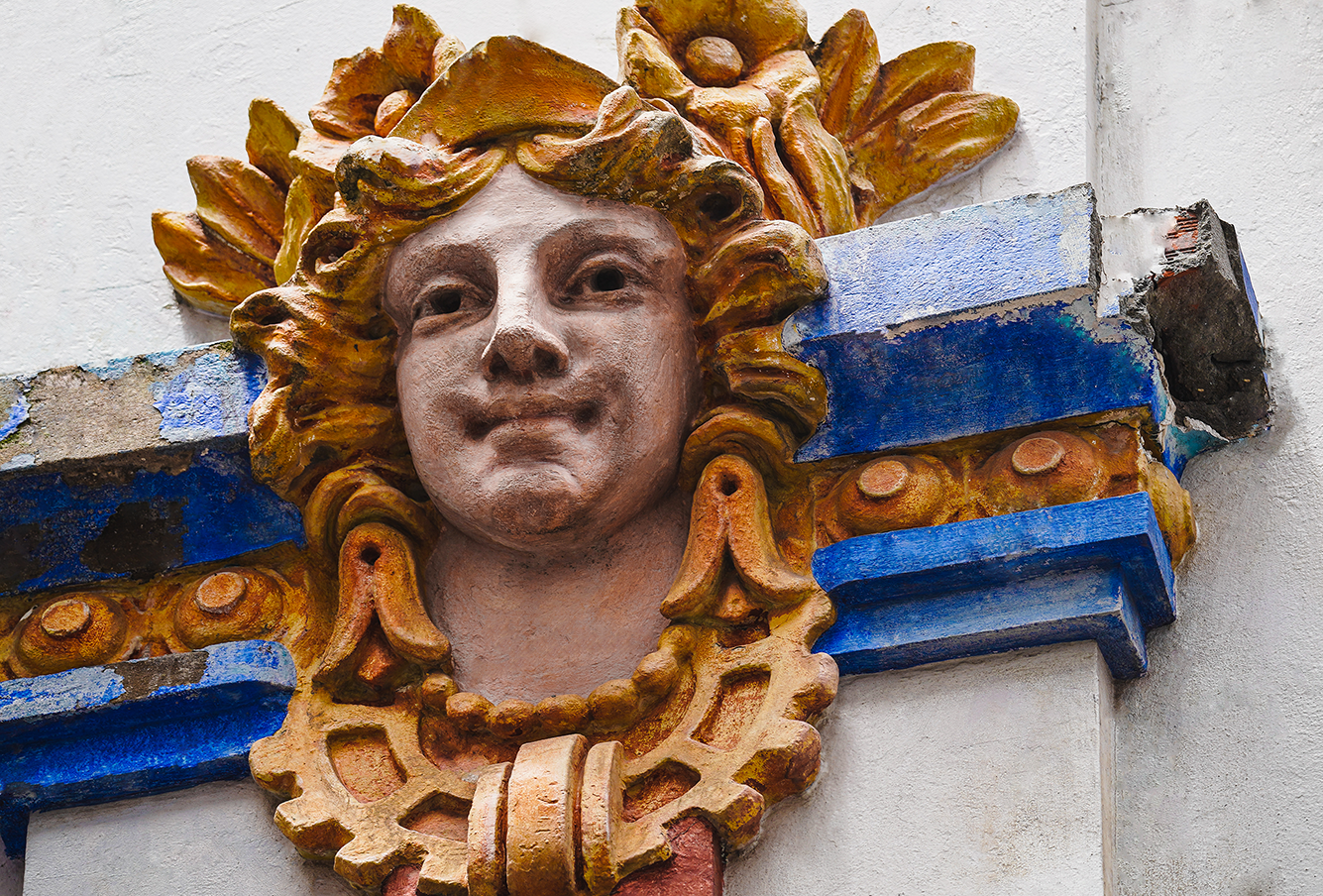
Café Moderno
Address:

Rey House
Address:
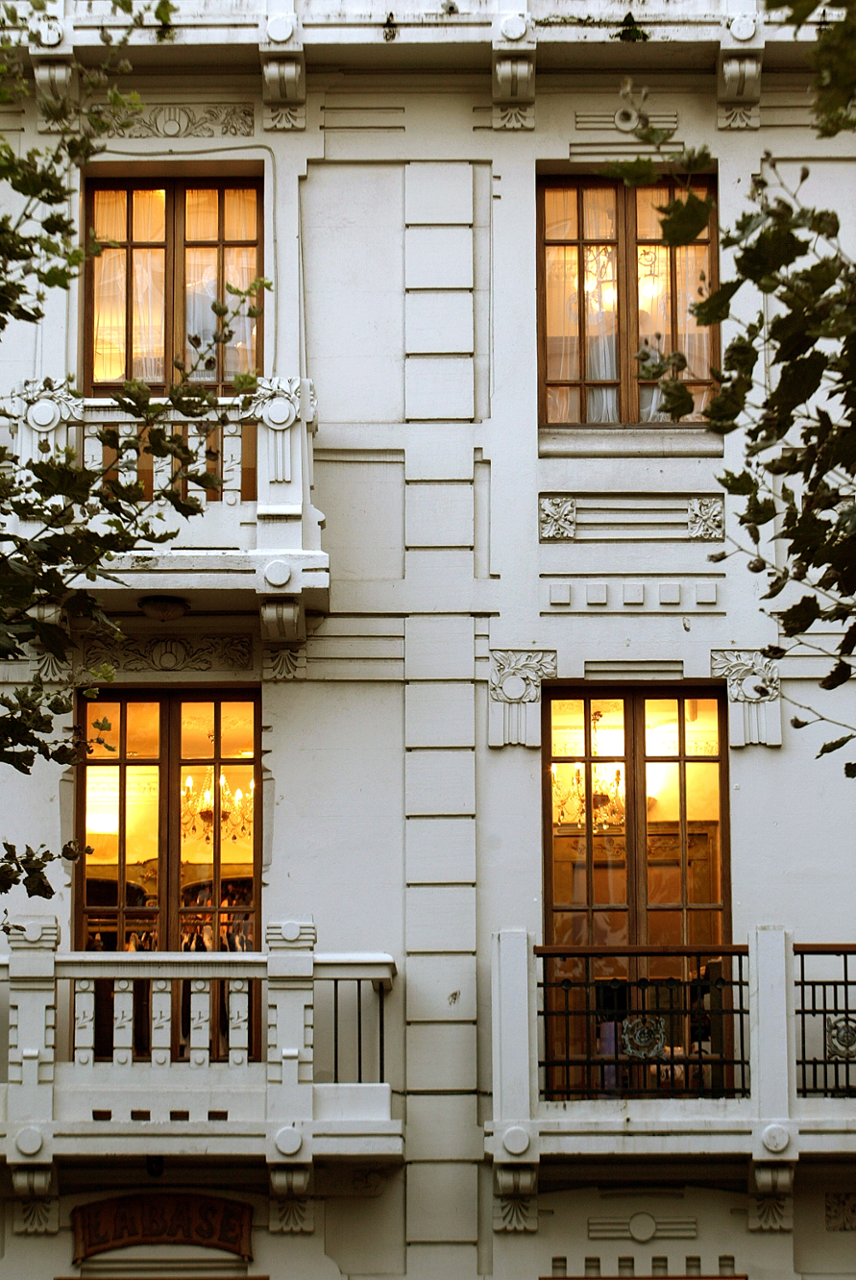
Cabanela House
Address:
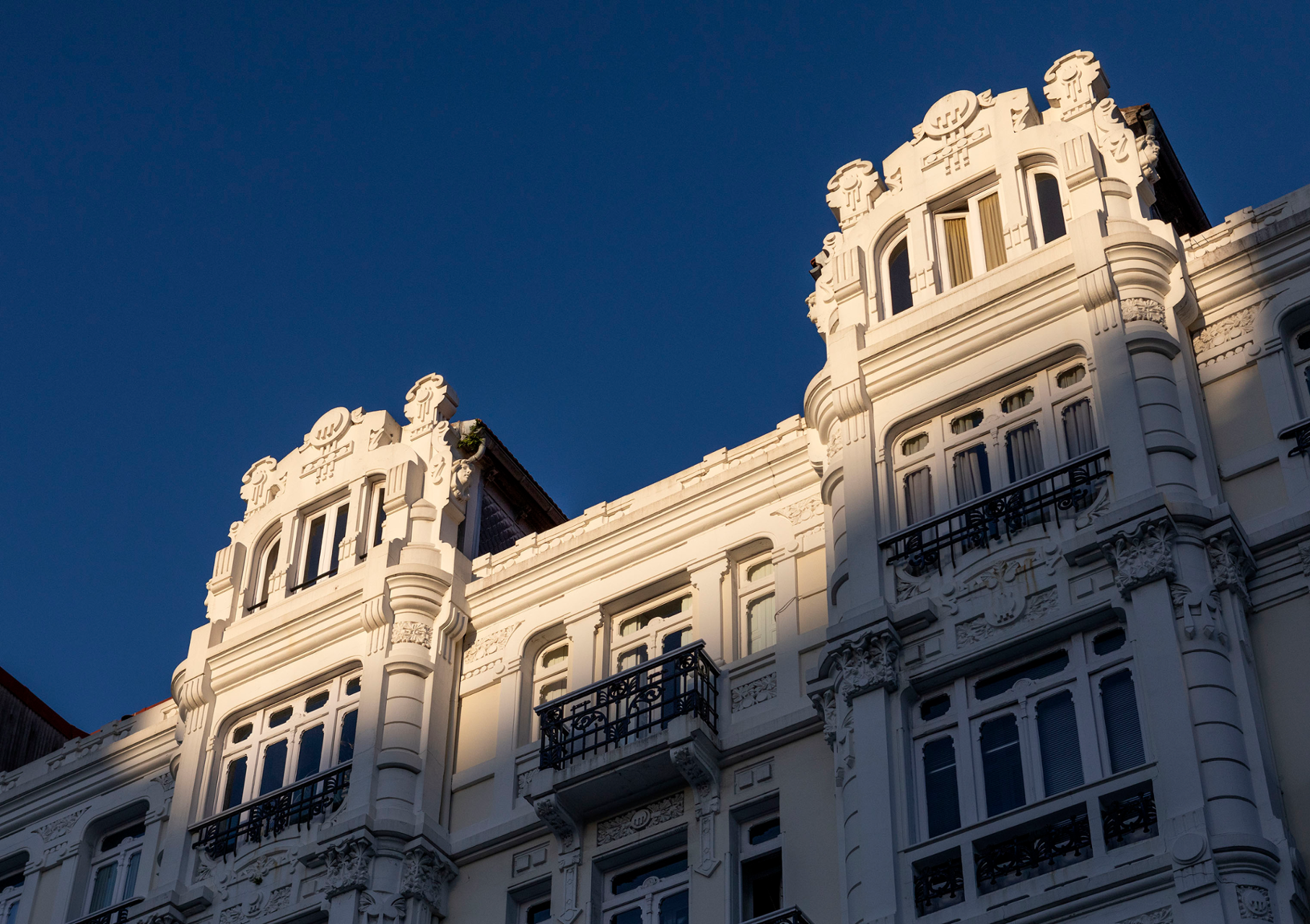
Tomás da Torre House
Address:
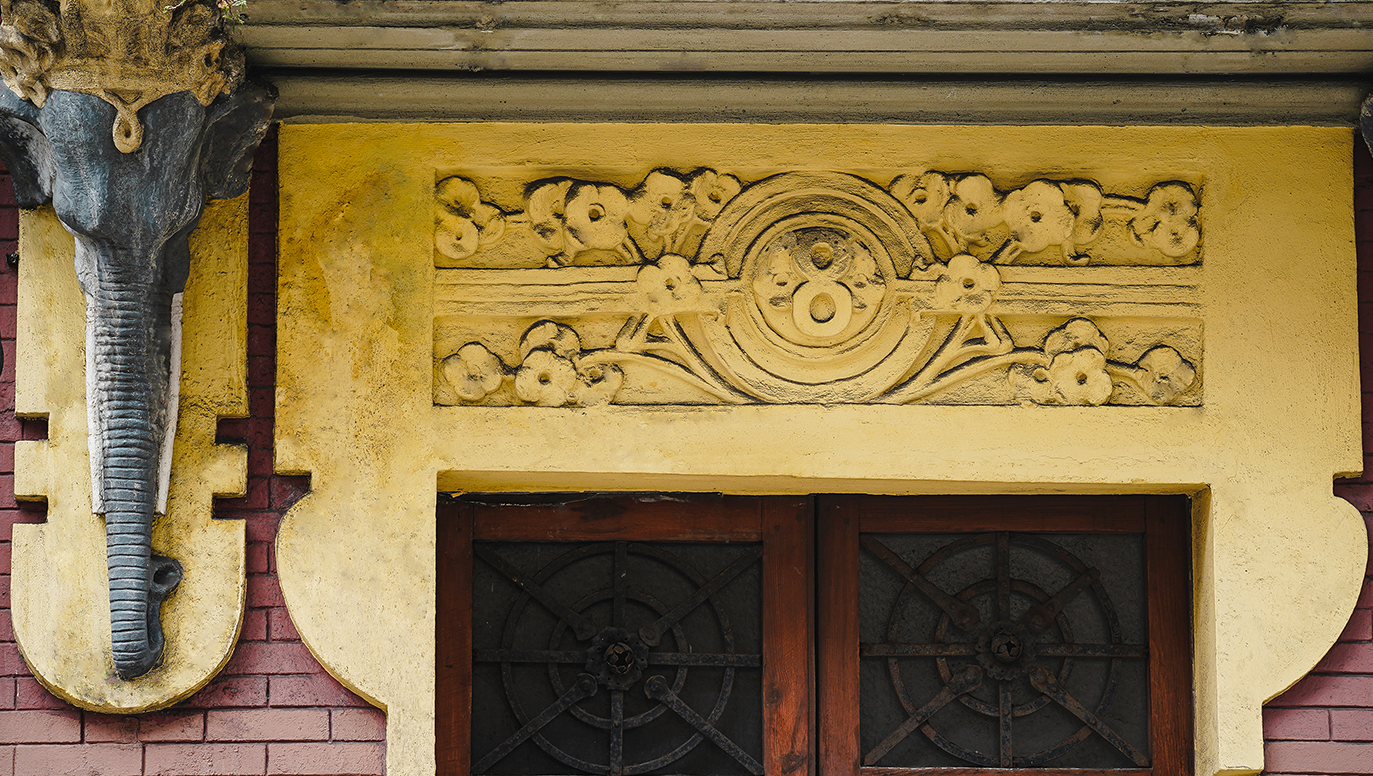
Elephant House
Address:
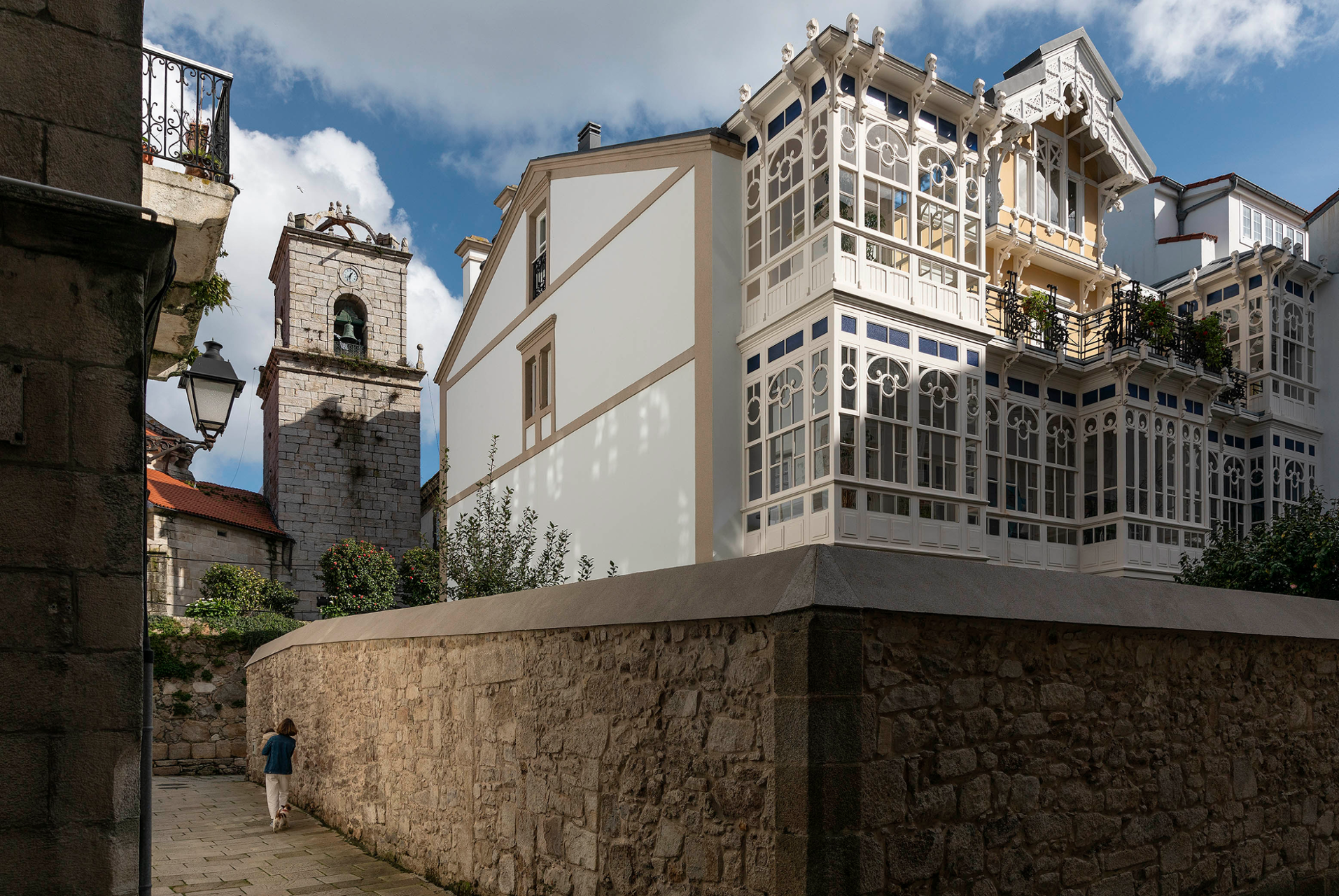
Palace-House of the Marquis of San Martín
Address:
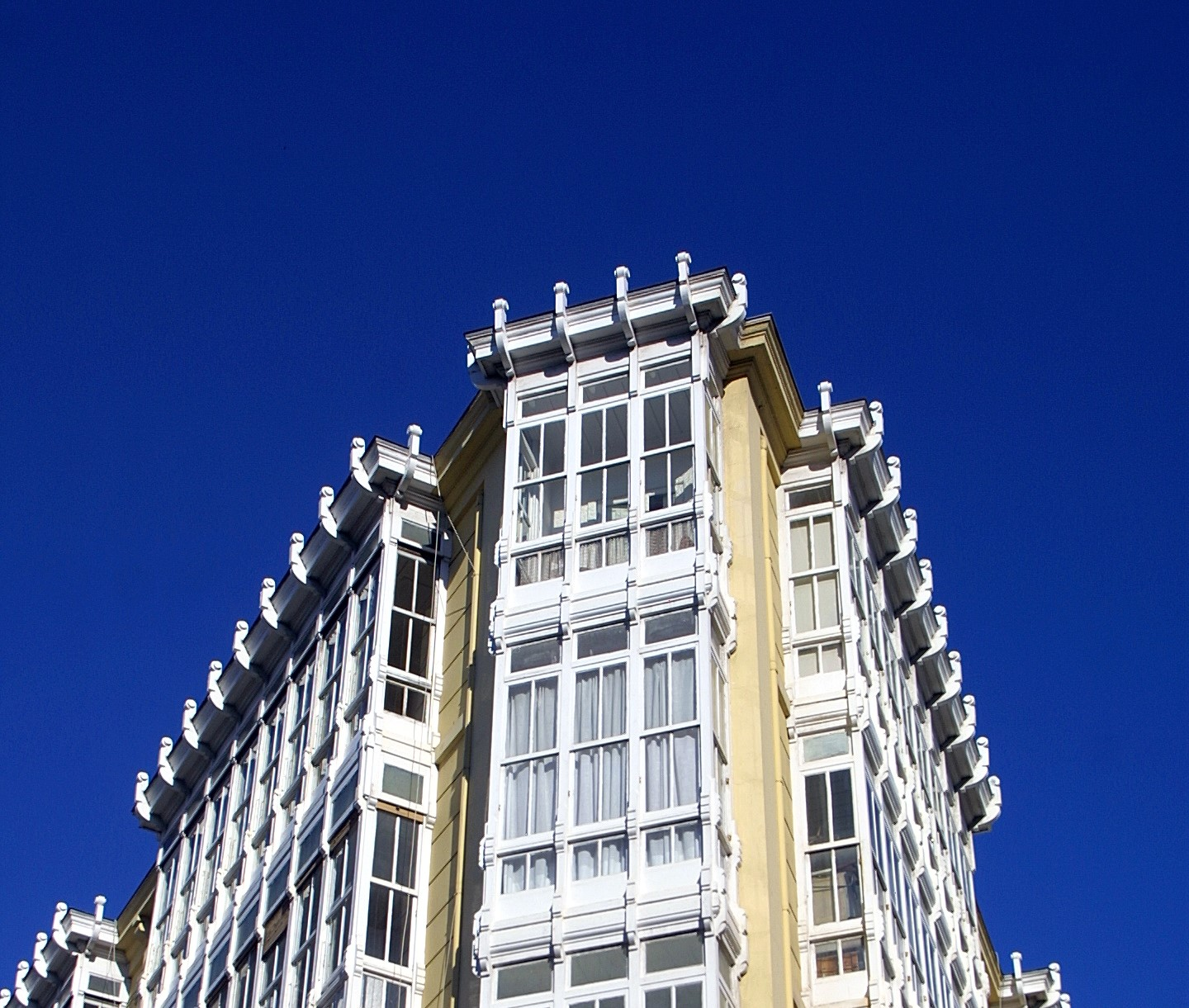
Salorio House
Address:
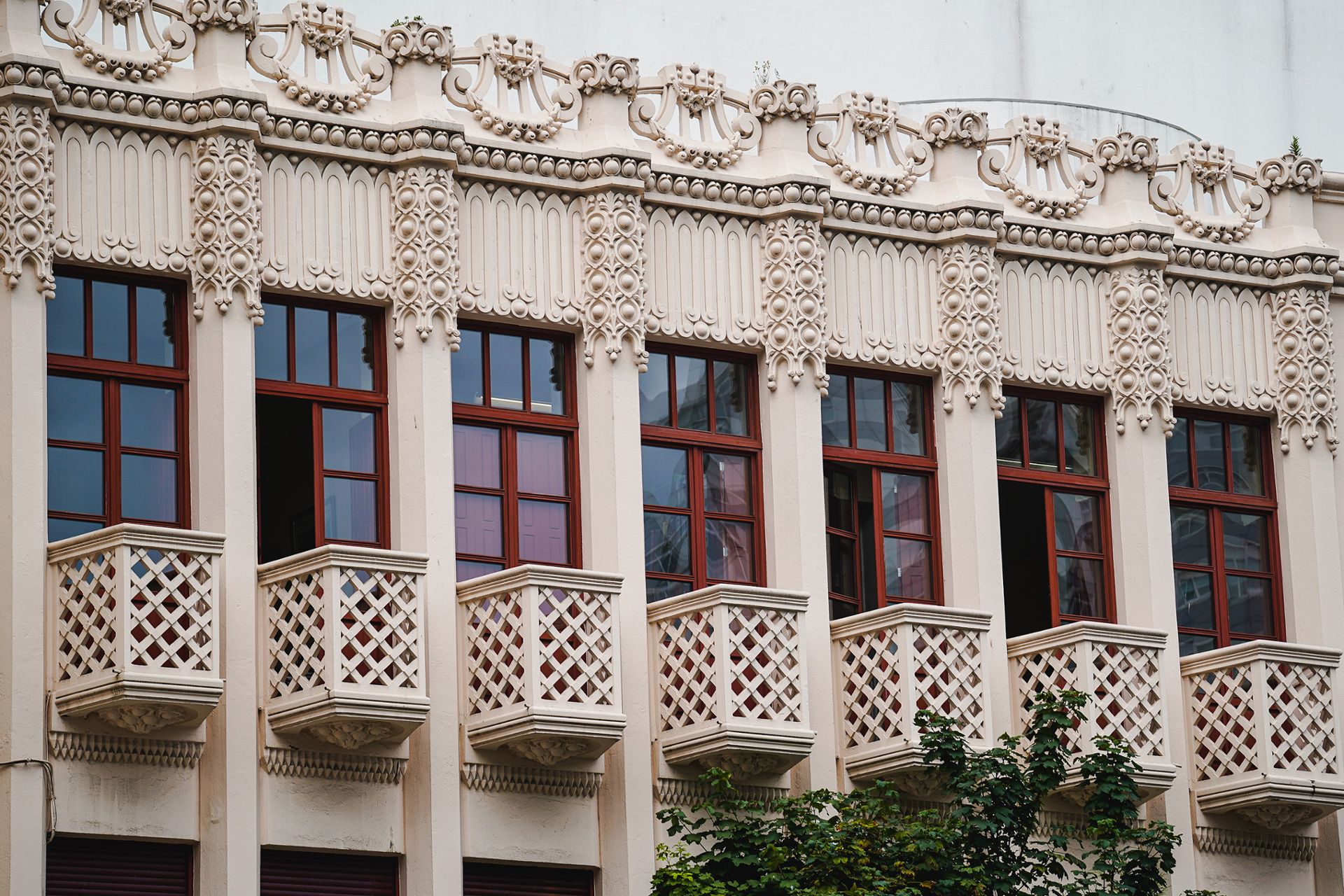
Labaca Primary School
Address:
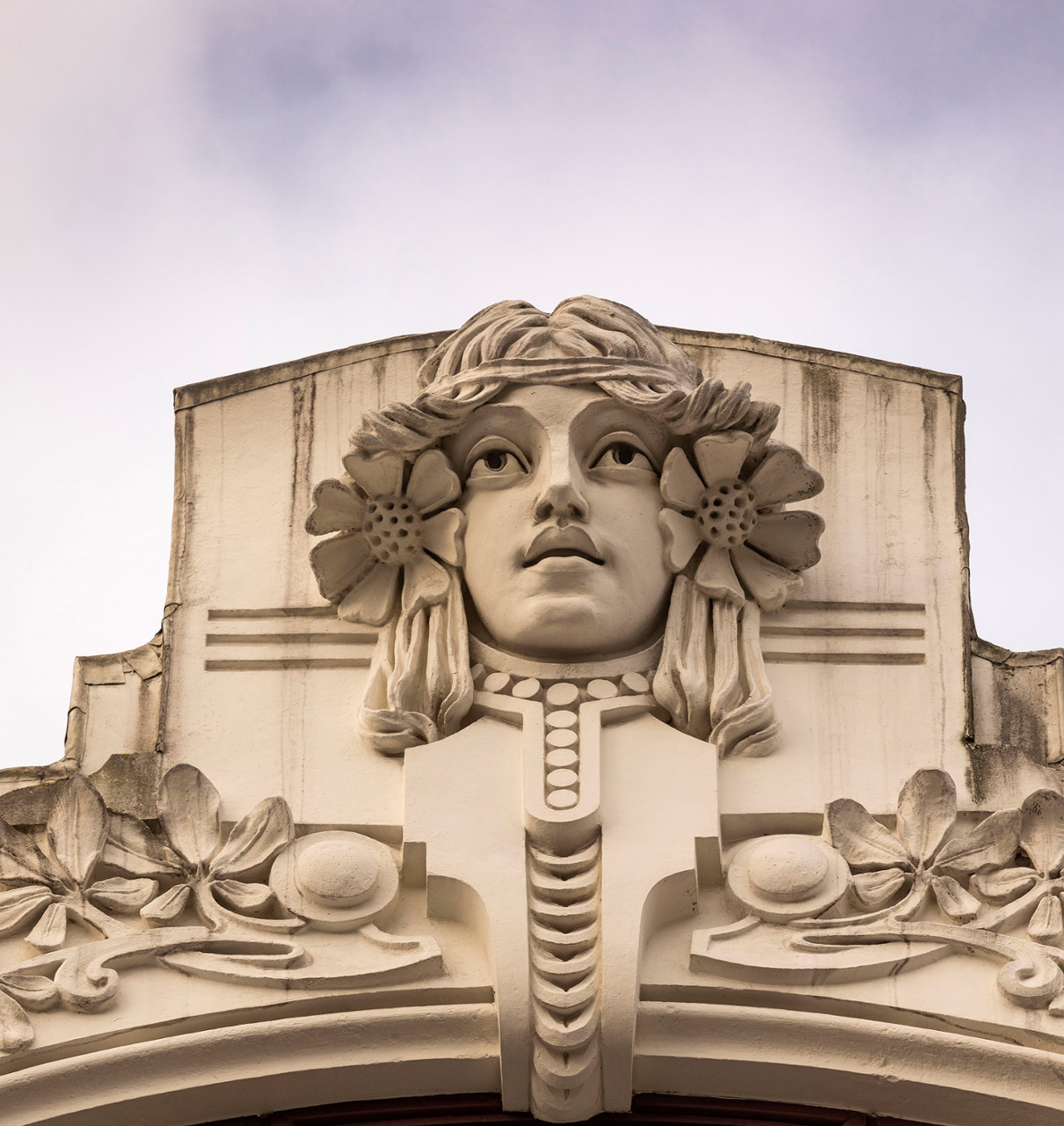
Arambillét House
Address:
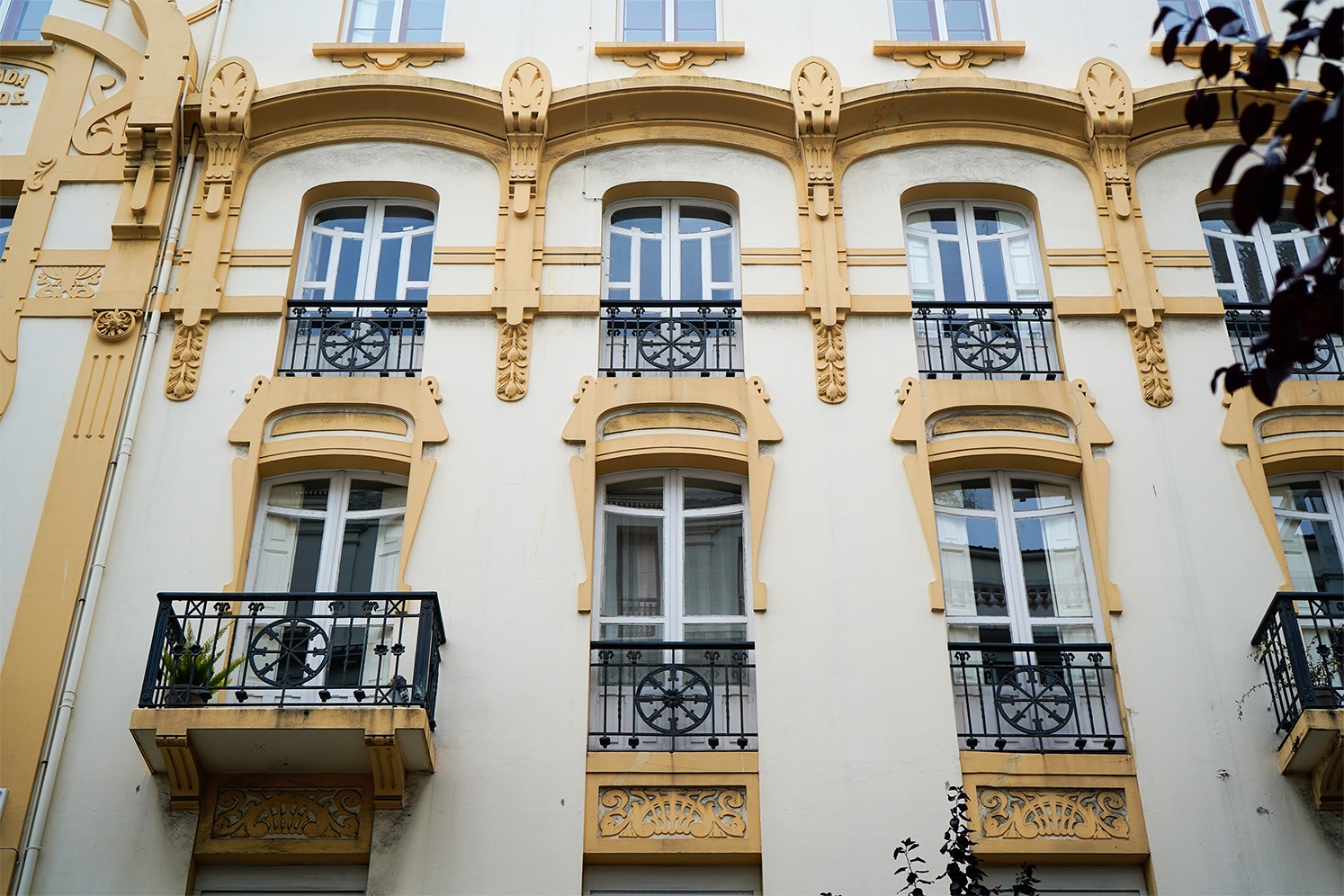
5 Fernán González
Address:

8 Ferrol
Address:
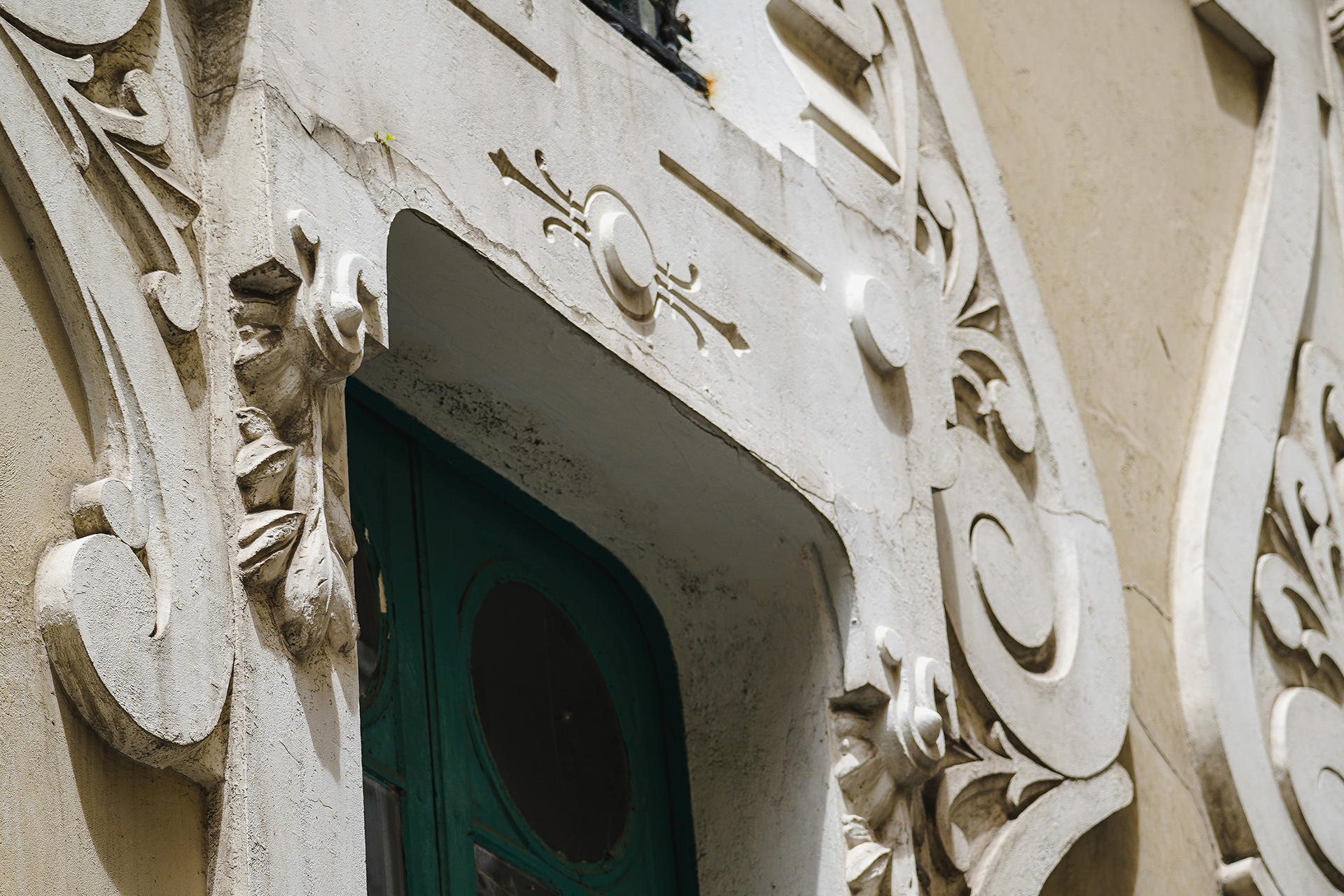
10 Galera
Address:
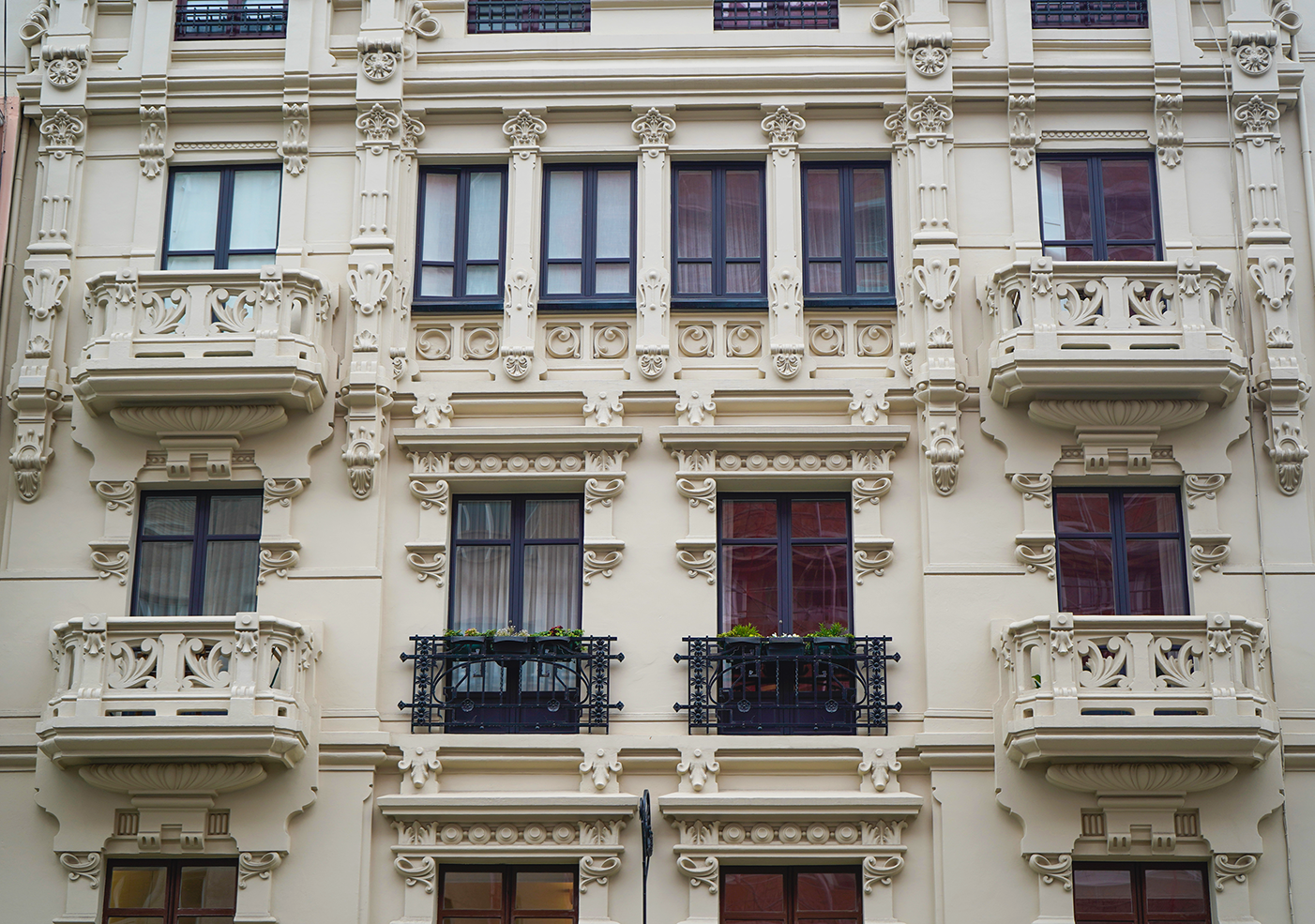
16 Juana de Vega
Address:
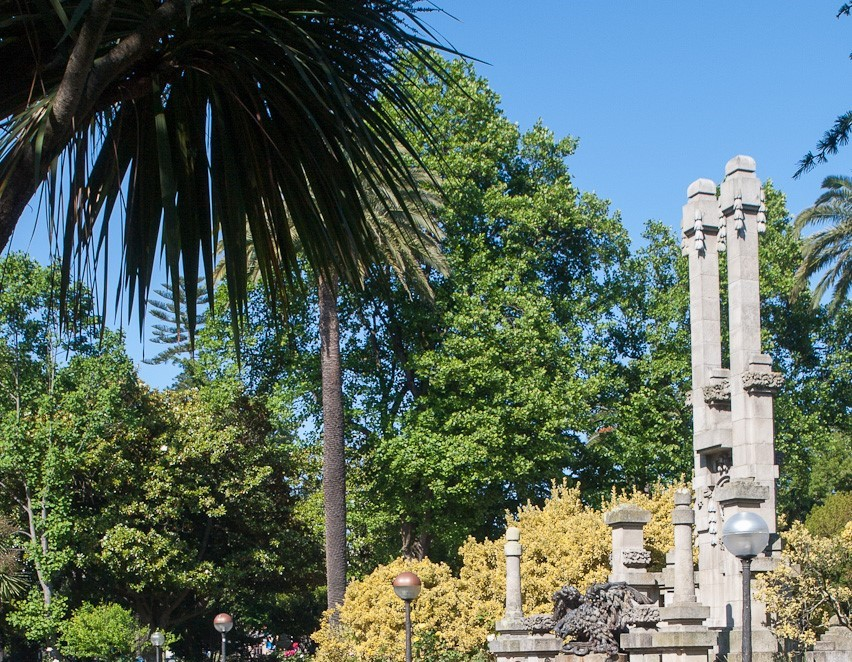
Monument to Concepción Arenal
Address:
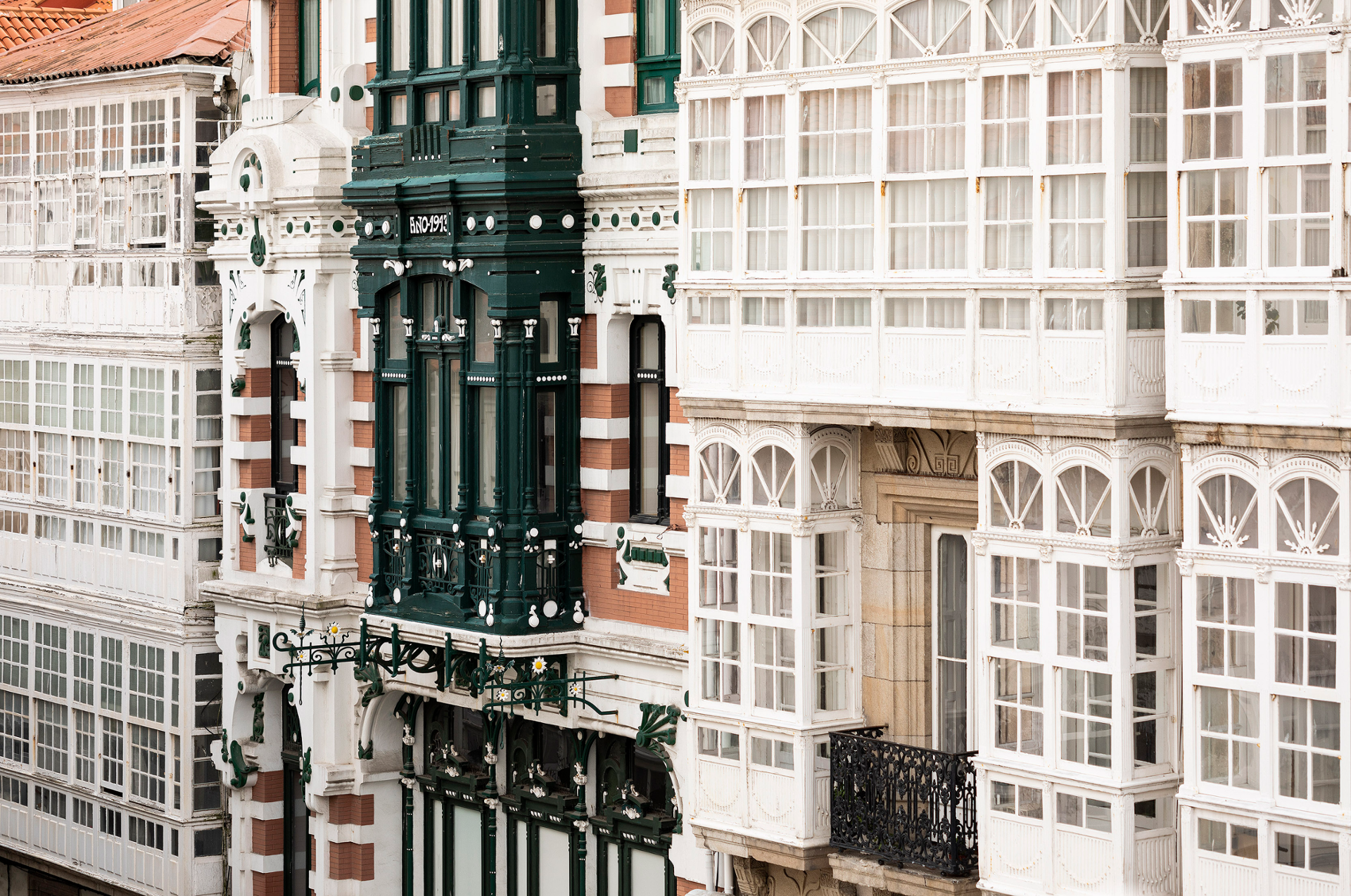
11 Nicolás
Address:

7 Padre Feijoo
Address:

22 Plaza de Lugo
Address:
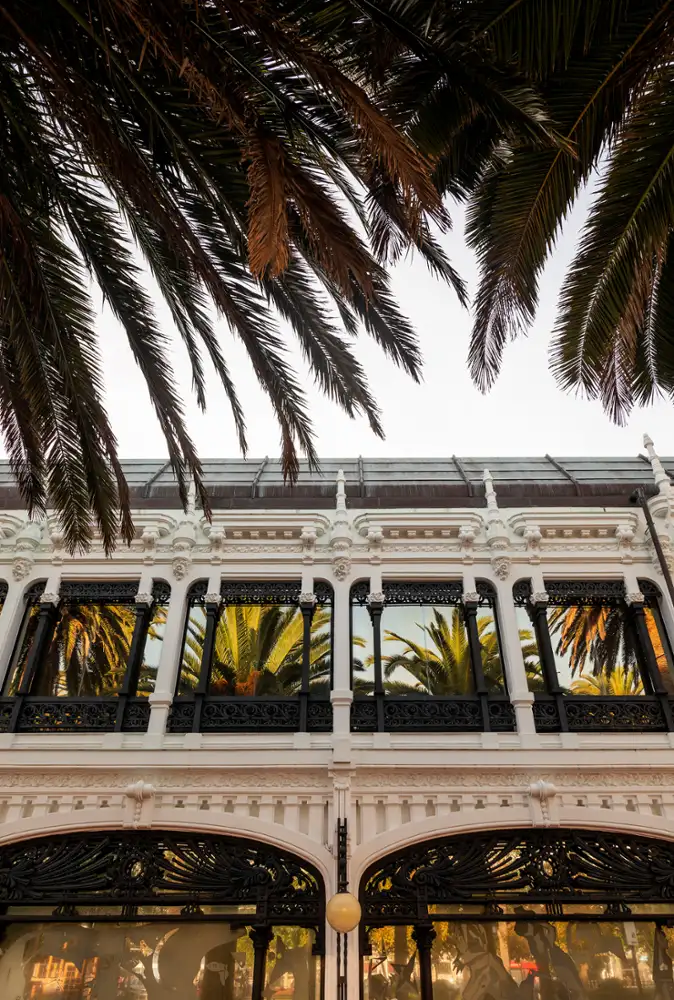
Kiosko Alfonso
Address:
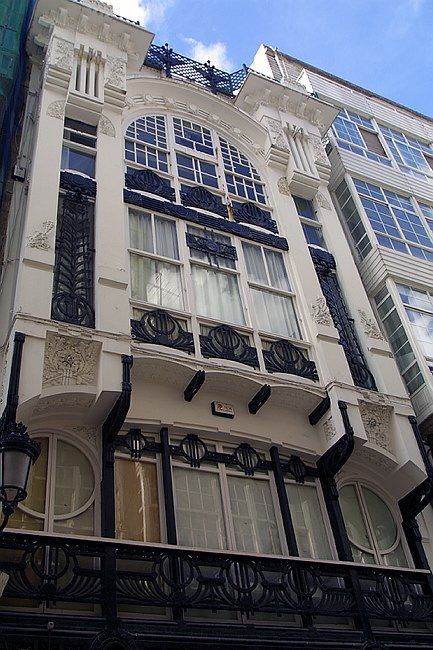
22 Real
Address:
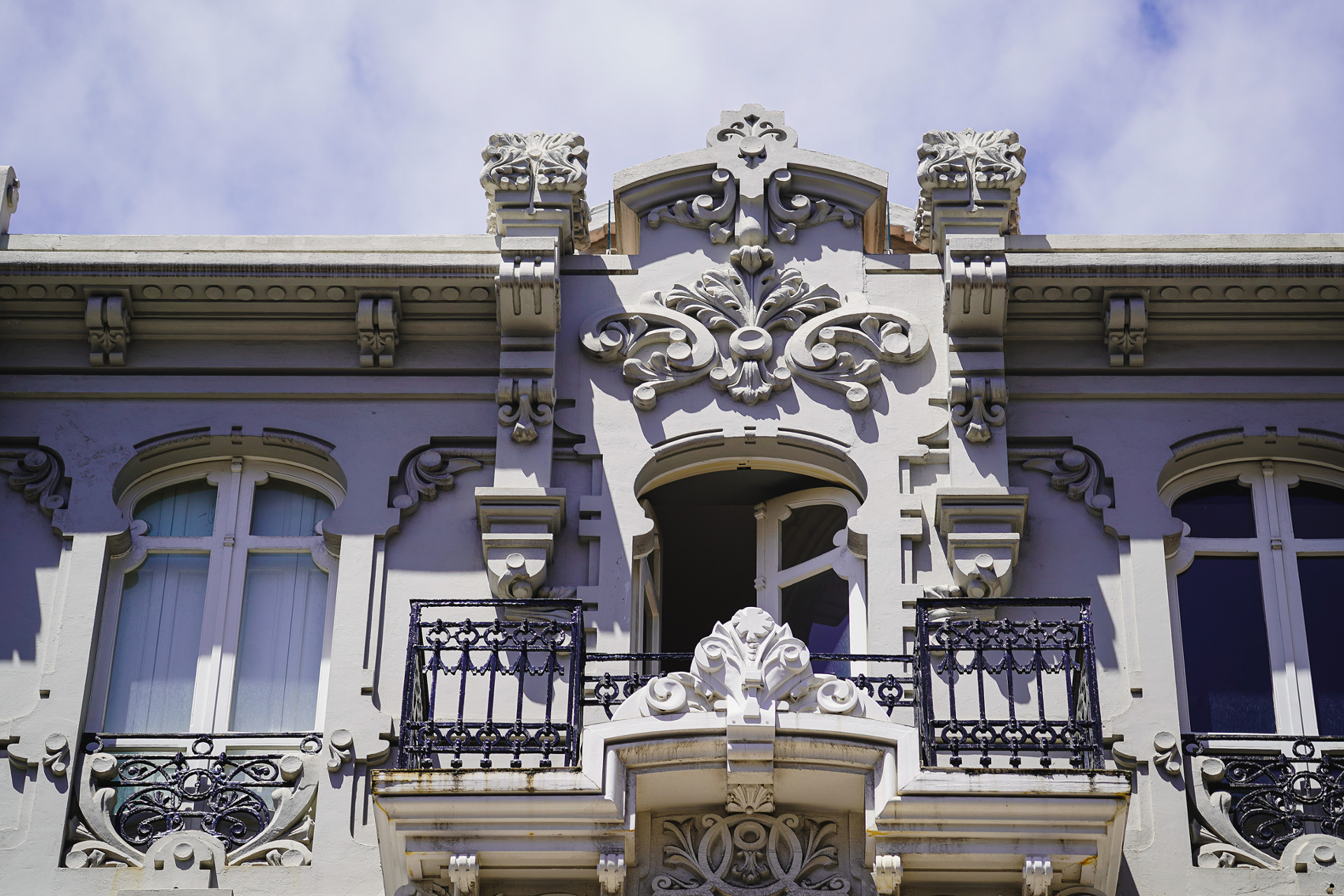
100 San Andrés
Address:

68 San Andrés
Address:
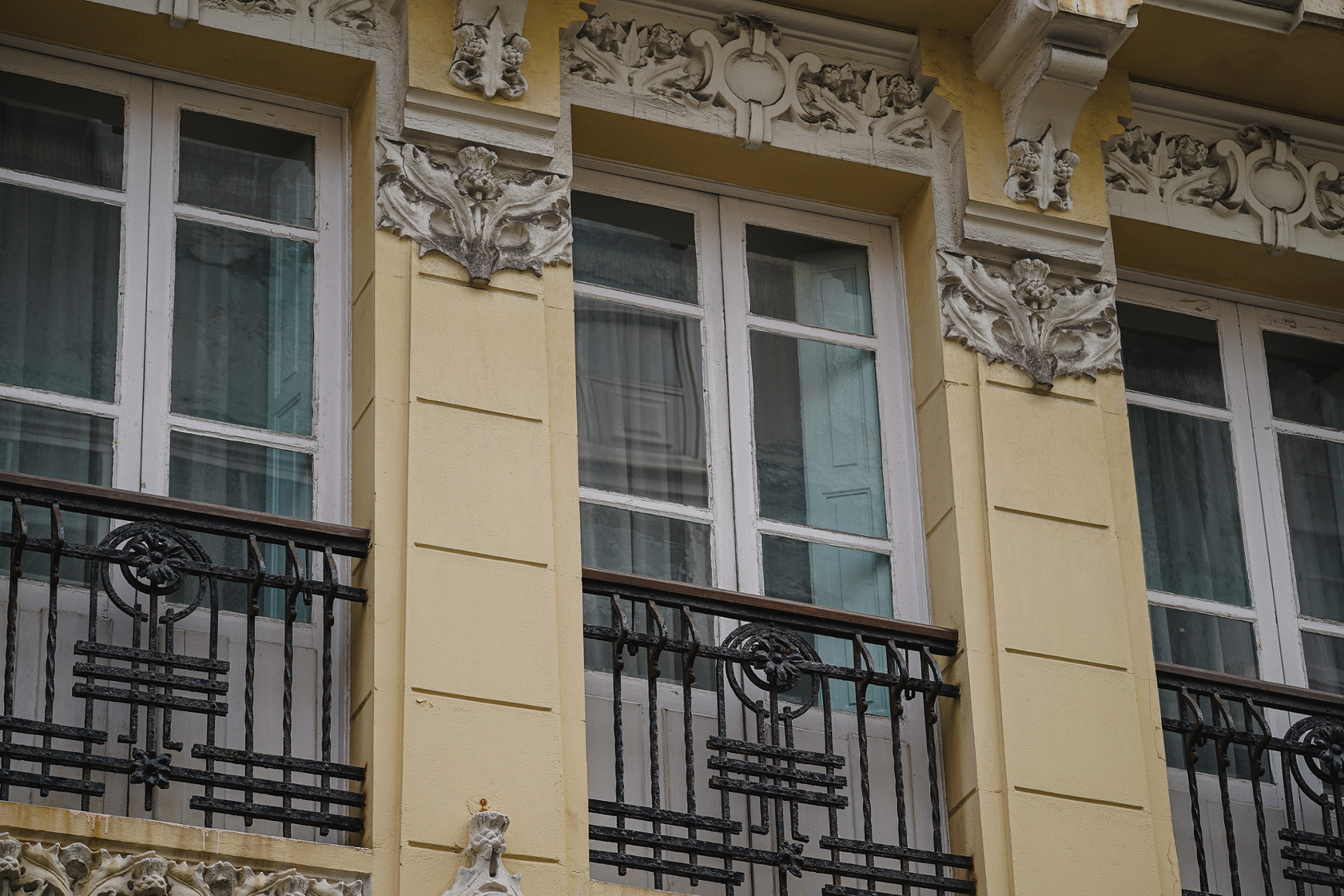
7 San Andrés
Address:
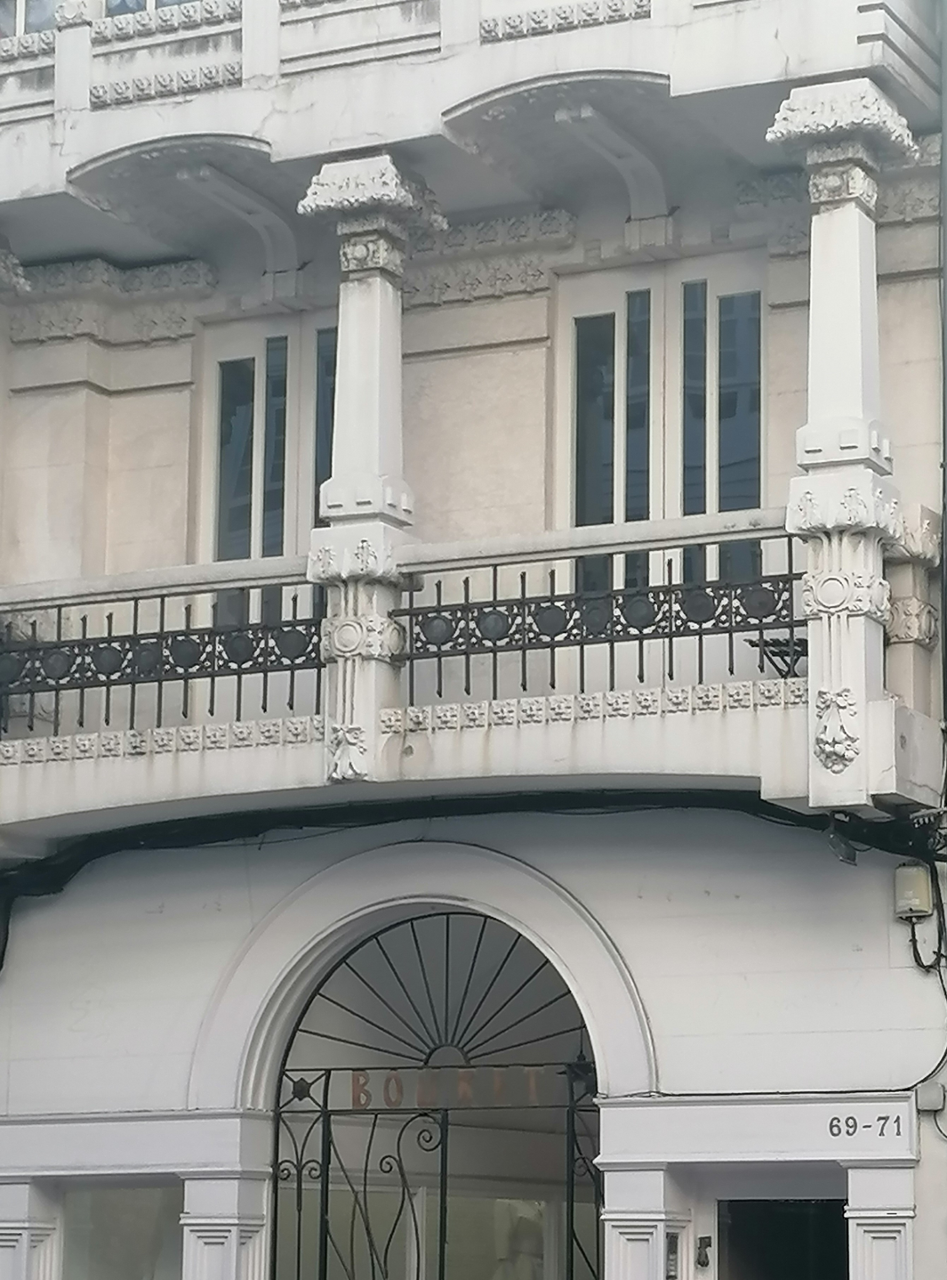
71 San Andrés
Address:




